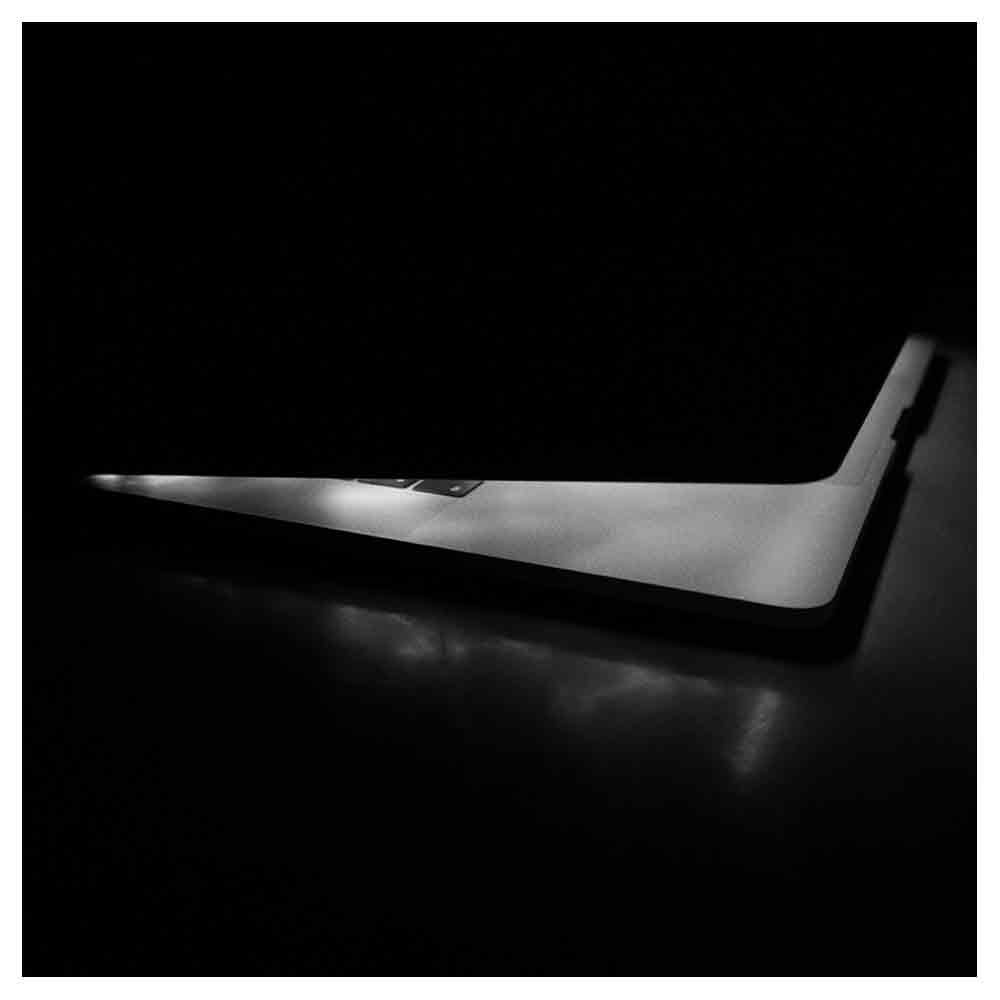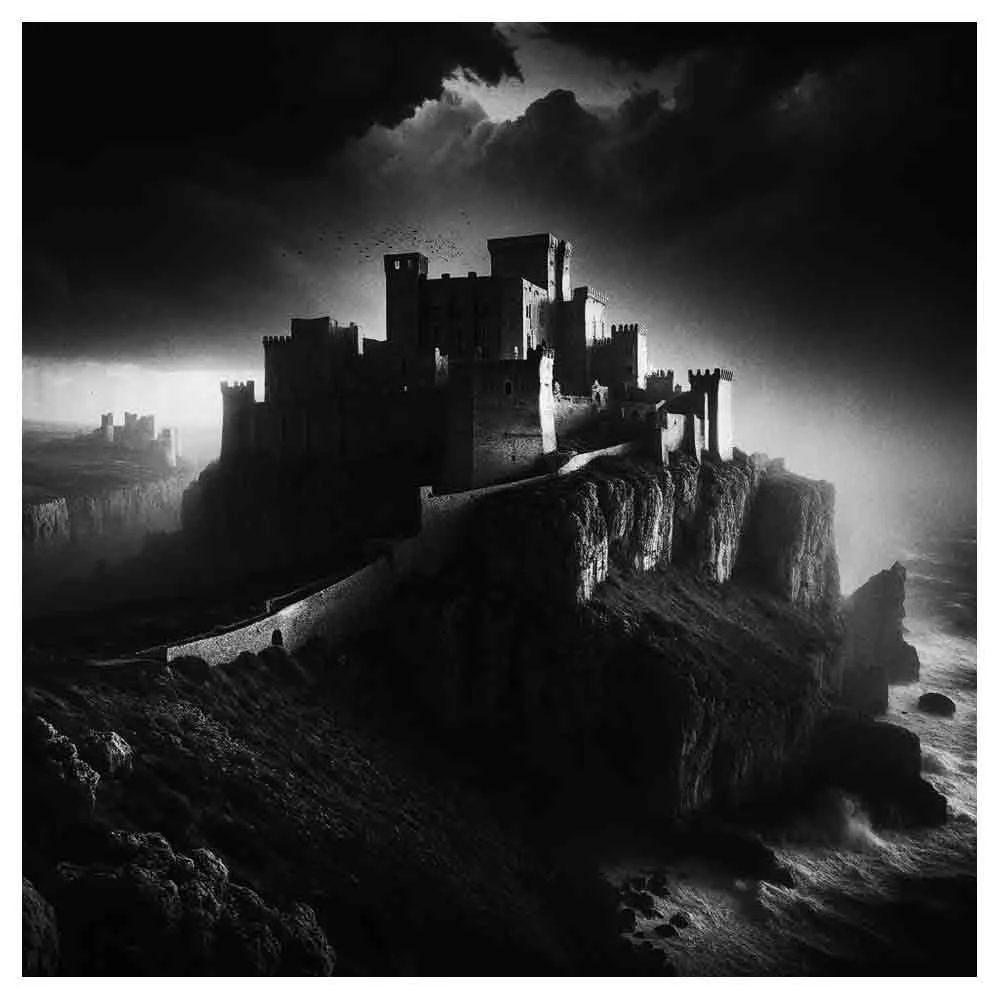What is a Feature Film? A Deep Dive into the Heart of the Motion Picture Arts
Movies. They make us laugh, cry, gasp, and wonder. They make us question our beliefs, perceive new perspectives, and challenge our assumptions.
A well-crafted movie takes us on an epic journey, immersing us in a universe of compelling stories and characters. We are not simply passive viewers but vicarious adventurers in these captivating worlds.
This magic is the product of a phenomenon unique to the film industry: the feature film. But what exactly constitutes a feature film? How does it differ from short films or television content?
What kind of structure do these films follow? What's their history? Strap yourself in as we embark on an exploration of the major features of feature films.
A Brief History of Feature Films
To begin, let's consider the first feature-length film in history. The title "The Story of the Kelly Gang," released in 1906, arguably holds this honor.
This Australian film dramatically narrated the exploits of the infamous outlaw Ned Kelly and his gang. Even though it's not a feature-length film by today's standards (with a running time of approximately 70 minutes), it was a landmark in the evolution of motion pictures.
From this first feature-length film emerged an industry committed to creating large-scale, commercially viable entertainment programs. These programs evolved into what we now recognize as feature films.
The journey wasn't without its hurdles, though. Each new technology and narrative technique presented a new hurdle the film industry had to overcome. However, each successful leap introduced a fresh, exciting element to the cinema.
Defining the Feature Film
So, what is a feature film? The term "feature film" is commonly used in the motion picture arts to denote a full-length film intended as the primary or sole presentation in a commercial entertainment program.
The Academy of Motion Picture Arts and Sciences, the American Film Institute, and the British Film Institute define a feature film as any motion picture with a running time long enough to be considered the principal or sole film to fill a program.
While no definitive length qualifies a film as a "feature," the general consensus is that the average length of running time must be longer than 40 minutes.
The Structure of a Feature Film
A crucial aspect for filmmakers to consider when discussing feature films is their structure. Like a well-crafted symphony, feature films typically follow a three-act structure:
Act I - The Setup: This is where the story begins. We meet the main characters, learn about their world, and identify the primary conflict.
Act II - The Confrontation: This act usually takes up half of the feature's running time. It's where the main characters face a series of complications and obstacles in pursuit of their goal.
Act III (or the "Third Act") - The Resolution: This final act is the film's climax. It's where all storylines converge, and the narrative reaches its conclusion.
But it's not just about the story. Every feature film is a massive project that involves various elements - the script, the director, the producer, the screen actors, and much more. These pieces come together to create a final product that can captivate audiences worldwide.
Feature Films vs. Other Formats
Feature films are just one facet of the world of motion pictures. Other formats include short films and television content. Short films are, as the name suggests, shorter in length, and they usually don't exceed 40 minutes and often focus on a single, compact narrative.
Television, on the other hand, is designed to deliver episodic content. Each episode is part of a larger narrative arc spanning an entire season or the whole series.
Although high-quality television content is often comparable to feature films regarding production values, the key difference lies in the narrative structure and duration.
Conclusion
At their core, feature films are the epitome of cinematic storytelling. They offer directors, producers, and screen actors a platform to tell intricate stories on a grand scale.
From the first feature film to today's blockbusters, these motion pictures have continuously pushed the boundaries of what's possible in narrative, technology, and special effects.
This journey through the world of feature films is just the tip of the iceberg. The art and science behind each film are an intricate tapestry of creativity and technology.
Feature films are not just a form of entertainment; they're a reflection of most important part of our collective human experience, portrayed through the captivating medium of the motion picture arts.
Every time the lights dim in the cinema, the screen lights up. We're not just watching a movie.
We're embarking on a journey that's been years in the making, crafted by countless individuals working in harmony to create a compelling narrative that can make us laugh, cry, and everything in between.
So, the next time you sit down to watch a feature film, take a moment to appreciate the complexity and beauty of what you're about to witness. After all, you're not just watching a movie - you're experiencing a piece of human history.
Frequently Asked Questions about feature films (FAQs)
What is considered a feature film?
A feature film is generally a motion picture with a running time longer than 40 minutes. It's intended to be the main or sole presentation in a commercial entertainment program.
What is the purpose of a feature film?
The primary purpose of a feature film is to entertain audiences. They can also inspire, educate, or provoke thought, depending on the audience and the film's content and genre.
What is not a feature film?
Short films, television shows, documentaries, and commercials are not considered as feature length films or films due to their length, structure, or intended mode of distribution.
How do feature films make money?
Feature films make money through various channels, including theatrical releases, home video sales and rentals, television broadcasts, streaming platforms, and merchandising.
What is the difference between a feature film and an independent film?
An independent film is a feature film produced outside the major film studio system. They are typically made with lower budgets and may involve unconventional storytelling or niche subject matter.
Who owns a feature film?
The ownership of a feature film usually rests with the production company or the film's producers who financed it. However, distribution rights can be sold to other entities.
How much money do you need for a feature film?
The budget for a feature film can vary greatly, from under a million dollars for a small independent film to over 200 million dollars for a big-budget Hollywood blockbuster.
What does a producer do on a feature film?
A producer oversees all aspects of the production of a feature film. This includes securing funding, hiring the director and cast, coordinating the production schedule, and guiding the project from pre-production to release.
What is another name for a feature film?
"Motion picture," "movie," "film," and "picture" are all alternative names for a feature film.
Are feature films still shot on film?
While digital cinematography has largely become the norm, some directors and cinematographers still choose to shoot feature films on film for aesthetic reasons.
How many scenes are in a feature film?
The number of scenes in a feature film can vary greatly depending on the script. A rough estimate might be 50 to 200 scenes, for example, but it could be more or less.






























